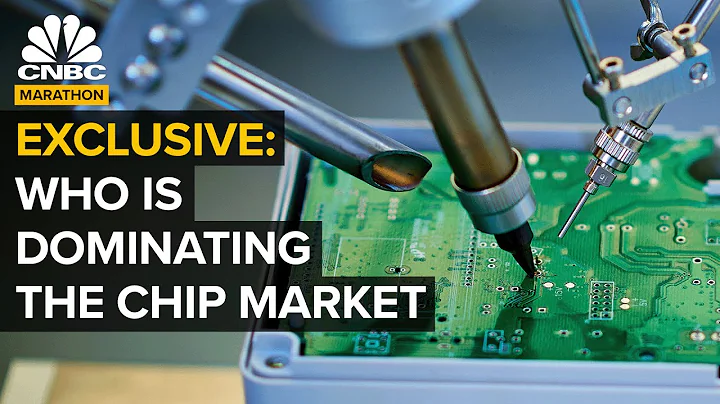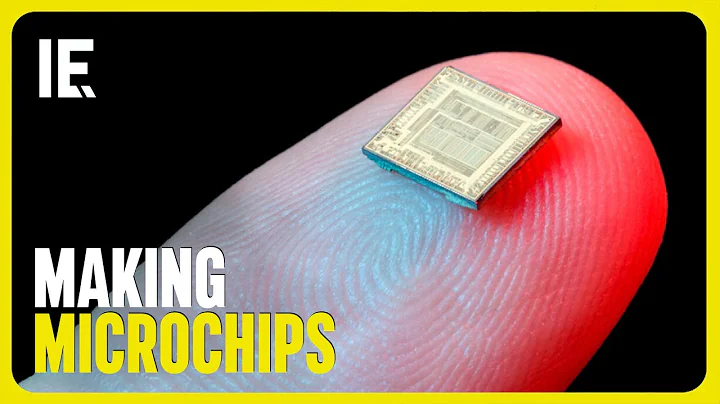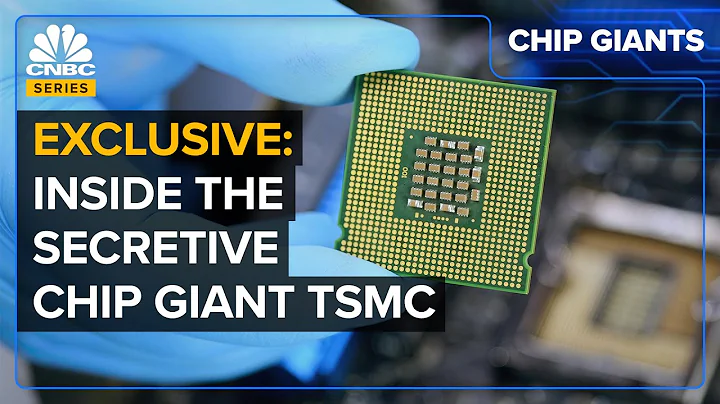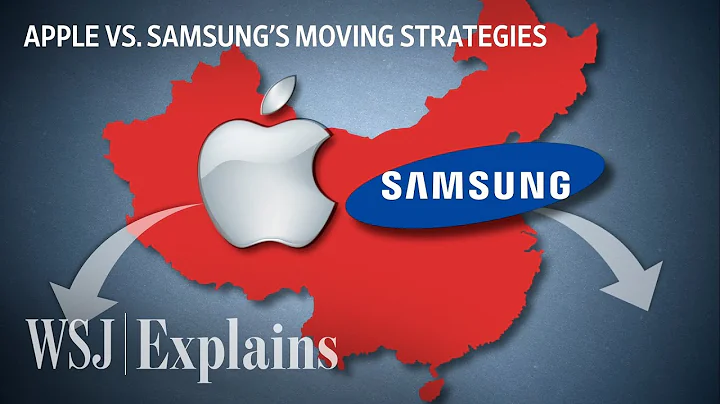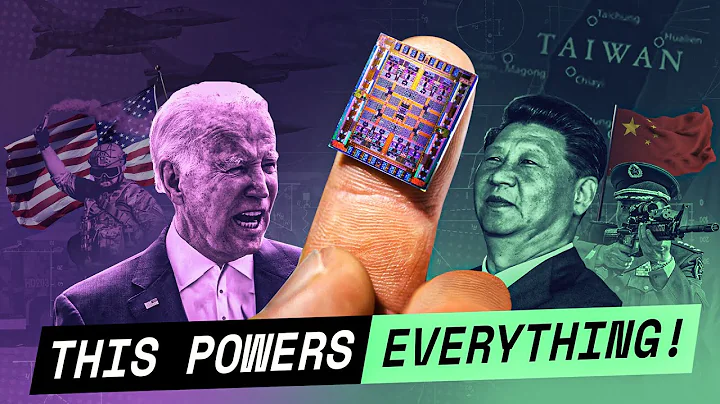TSMC, founded in 1987, developed at the tail end without any worries in the first 25 years. It was not until 2011 that it won the first order from Apple with its new packaging technology InFO. After the collapse of the mobile phone giant, and the favorable time and place for industrial development, TSMC . TSMC has ushered in a decade of rapid development.
For Apple, it benefits from TSMC’s continuous advancement in process and packaging technology, and its faster pace has provided strong support for the rise of Apple’s chip empire.
Although TSMC and Apple have their own ways, they restrict each other and have entered a positive cycle of chip development.
Apple to TSMC
As TSMC’s largest customer, Apple’s revenue contribution is more than three times that of TSMC’s second largest customer, so that Apple does not have to pay upfront for production capacity like other customers. TSMC's 2021 financial report shows that the revenue contributed by its largest customer (that is, Apple) reached 405.402 billion yuan, an annual increase of 20%, accounting for 26% of the company's revenue.
And according to DigiTimes, TSMC is expected to harvest US$17 billion in revenue from Apple in 2022, up from US$13.8 billion in 2021. Mainly because in addition to mobile phone chips, Apple expects to completely replace the Intel X86 platform with M series chips by the end of 2022. The Mac series, with annual shipments of nearly 20 million units, has also become one of the keys to TSMC's HPC revenue growth this year. . TSMC is expected to remain Apple's sole chip supplier for the foreseeable future, Samsung is having problems with advanced process yields, and Intel is unlikely to receive orders from Apple.
The orders created by Apple for TSMC are intuitive revenue, and another more far-reaching impact is that with Apple’s participation, TSMC has been able to create many new technologies, especially in advanced manufacturing processes. Apple’s importance has become more and more important. bulge.
The first thing to talk about is the fan-out package (Fan-Out Package). In the mid-2000s, Freescale and Infineon launched the industry's first fan-out package types RCP and eWLB respectively. In 2006, Freescale launched a fan-out technology called redistribution chip packaging (RCP). In 2010, Freescale licensed RCP to Nepes, and Nepes established a 300mm production line in South Korea to produce RCP technology. Infineon licensed eWLB technology to ASE in 2007, and later Infineon licensed eWLB to Nanium, now owned by Amkor. Although it has experienced a series of developments since then, fan-out packaging has always been tepid.

Fan-out development history (Source: Yole)
Until 2016, with the cooperation of Apple and TSMC, the fan-out packaging technology that had been developed for many years ushered in an important turning point. In 2016, the A10 application processor of Apple's iPhone 7 series mobile phones began to use Fan-Out technology, which created a huge demand for Fan-out. Coupled with TSMC's technological breakthrough, the number of I/Os that Fan-out can support Big increase. The powerful combination of the two brings fan-out packaging to a new level. Today, fan-out packaging technology has become ubiquitous and is now becoming the obvious choice for addressing heterogeneous integration challenges.
Another successful technology, the advanced packaging technology UltraFusion used in the latest Apple computer processor M1 Ultra, is also the result of the cooperation between the two companies. In a presentation presented by TSMC at the International Symposium on 3D IC and Heterogeneous Integration last month, it was confirmed that Apple is using its InFO_LI packaging method to build its M1 Ultra processor and enable its UltraFusion chip-to-chip interconnect. InFO_LI uses local silicon interconnects underneath multiple dies rather than using a large and expensive interposer, a concept very similar to Intel's Embedded Die Interconnect Bridge (EMIB). Apple was also one of the first companies to use InFO_LI technology.

(Image credit: TSMC/Tom Wassick/Twitter)
In addition, Apple is said to have ordered 2nm chips, which will be completed by TSMC in 2025. Moreover, Apple and TSMC are jointly developing 1nm chips for use in augmented reality headsets and Apple’s car projects. Regarding 1nm technology, according to an article published by TSMC in Nature, TSMC engineers stated that they have found a material with extremely low resistance and high current intensity that can be used as a contact electrode for transistors. It is a bismuth (Bi) semimetal that not only meets the requirements of 1-nanometer process technology, but is also suitable for mass production.TSMC currently uses tungsten interconnects, while Intel uses cobalt interconnects. Both have their advantages and both require specific factory tooling. While 1nm chips are unlikely to become a reality in the next few years, the choice of bismuth semimetal is far from reality. However, TSMC has made it clear that they are actively working in this direction.
So on the whole, Apple, as a major customer of TSMC's new technologies, not only brings new technological breakthroughs to TSMC, but will also help TSMC increase its production capacity based on new technologies and further optimize its processes, eventually bringing these new processes to the market. Provide services to other customers.
Apple cannot do without TSMC
Because of TSMC’s foundry support, Apple’s self-developed chips have been making rapid progress, and Apple has also gained more autonomy in the supply chain.
is the first mobile phone chip . Since Apple designed its first processor A4 internally in 2010, Apple's processor orders were still manufactured by Samsung. However, TSMC has already secretly conducted joint research and development and technical research with Apple. TSMC first solved design problems for Apple's A6 chip. By 2013, TSMC officially began manufacturing A8 processors for Apple. The iPhone 6 equipped with the A8 chip was also known as Apple's best-selling product. As of 2019, a total of approximately 250 million units had been shipped. As the power consumption of the A9 chip manufactured by Samsung is not as low as that of TSMC, since then, every generation of A-series chips after the A9 have been exclusively manufactured by TSMC. Up to now, Apple's A-series chips have reached the A15 bionic chip.
and now Apple's wildly successful M series of computer chips, , freeing it from Intel's control and allowing Apple to further differentiate itself from the rest of the PC industry. According to a source @mobile chip expert, TSMC has a team of 300 people, covering R&D, design, advanced technology and packaging, and is working in depth with Apple to develop next-generation CPUs for PC, NB and other products.
The core processor chip M1 Ultra of Apple's latest computer Mac Studio is spliced together two M1 Max chips. It is understood that its biggest technological progress lies in the chip splicing technology UltraFusion. Analysts believe that this technology is very dependent on the chip splicing technology. TSMC’s underlying chip manufacturing process. This team is undoubtedly one of the keys behind the success of Apple's M-series chips.
Apple will also launch a second-generation M series chip in 2022, using an upgraded 5-nanometer process. Therefore, performance and efficiency improvements will be relatively small compared to the M1 generation. It is worth noting that Apple is expected to release the third-generation M series chips based on 3nm in 2023, codenamed 'Ibiza', 'Lobos' and 'Palma'. The high-end version has up to 40 CPU cores, and 3nm will become Apple's third-generation M series chip. The main highlight of the third generation M series chips is that it is reported that the biggest improvement of 3nm comes from the logic gate density, which is expected to be 1.7 times that of the 5nm node. At the same time, the power consumption is also improved by up to 30% compared to 5nm, and the transistor speed is also 10-15 times higher. % improvement.

and then baseband chip , because starting from 2023, Apple will begin to use self-developed baseband chips. According to the agreement between Apple and Qualcomm, Apple promises to use the latter's Snapdragon X65 and X70 baseband chips from June 1, 2022 to May 31, 2024. After Apple successfully develops its own 5G baseband chips, it will inevitably Gradually get rid of dependence on Qualcomm. According to supply chain news, TSMC relies on its advanced manufacturing process to take all orders for Apple's 5G radio frequency chips. Market analysts analyze that the relevant chips will be produced using TSMC's 6-nanometer RF manufacturing process, and annual demand is expected to exceed 150,000 pieces.
TSMC’s 6-nanometer process belongs to the 7-nanometer family. It was first announced by TSMC in 2021. It is also mainly used to support the advanced radio frequency technology of 5G mobile phones and improve the problem of increased chip size and power consumption of 5G mobile phones. According to TSMC, the 6nm RF process can provide significantly reduced power consumption and area for 5G radio frequency transceivers below 6GHz and millimeter wave bands, while taking into account the performance, functionality and battery life required by consumers, and will also enhance support for WiFi 6/6e performance and power efficiency.
In addition, Apple also has W-series chips for Apple Watch, H-series chips for AirPods, T-series security chips for Macs, and U1 ultra-wideband chips for iPhones. Most of these chips are manufactured by TSMC.
What’s more worth mentioning is that the self-driving AI chip that Apple is developing has already cooperated with TSMC. Apple Car has been described as Apple’s “next star product.” According to a report by TheElec, Apple is working with a Korean outsourced semiconductor assembly and test (OSAT) company to develop chip modules and packaging for its Apple Car. The report pointed out that the method used by Apple is said to be the same as the development of the M1 chip, in which a single Modules are initially manufactured as stand-alone chips for testing purposes before the circuits are integrated into a single chip. Industry sources at DigiTimes say Apple is allegedly in talks with a Korean substrate manufacturer to supply ABF-based flip-chip ball grid array (FC-BGA) substrates specifically for Apple Car chips. This move will allow Apple to develop a new chip empire.
Conclusion
The cooperation between TSMC and Apple began ten years ago (actually earlier). The two companies have achieved each other's achievements, and today, ten years later, they have become leaders in their respective fields. Without the help of such a strong customer as Apple, it would be difficult for TSMC to take the lead in the foundry industry. Now, whether it is Apple's A series, M series, baseband chips, or even future automotive chips, they will be inseparable from TSMC's foundry support. The two companies are already inseparable, and in the future, they will rely on each other to go further.
I hope that every foundry will have an "Apple" to make demands on it on the road of development, and every IC design company will have a "TSMC" to provide continuous support.
*Disclaimer: This article is originally created by the author. The content of the article is the personal opinion of the author. The reprinting by Semiconductor Industry Watch is only to convey a different point of view. It does not mean that Semiconductor Industry Watch agrees or supports the view. If you have any objections, please contact Semiconductor Industry Watch.
Today is the 3033rd content shared by "Semiconductor Industry Observation" with you. Welcome to pay attention.
wafer|integrated circuit|equipment|auto chip|storage|TSMC|AI|package

